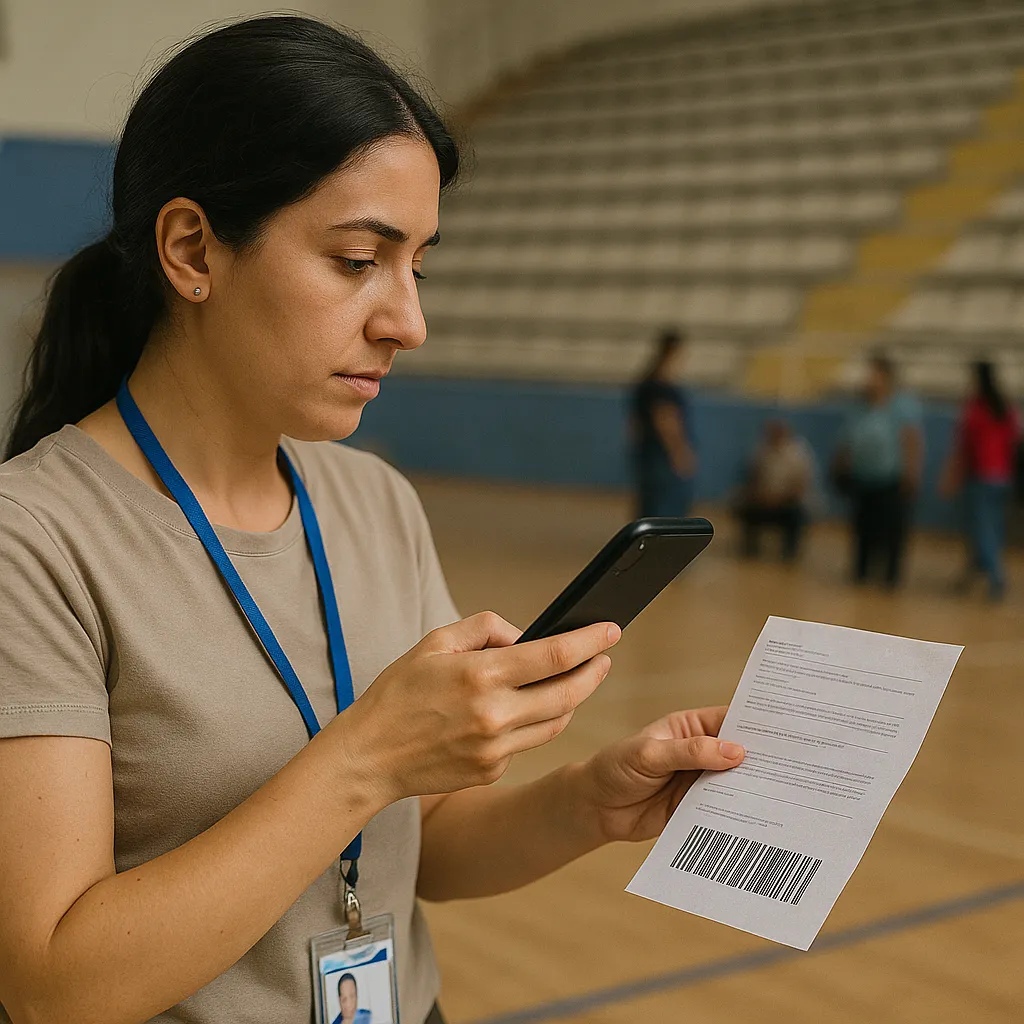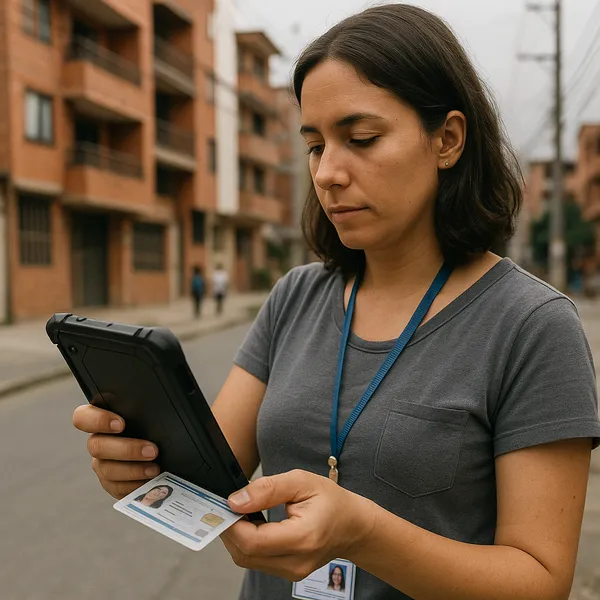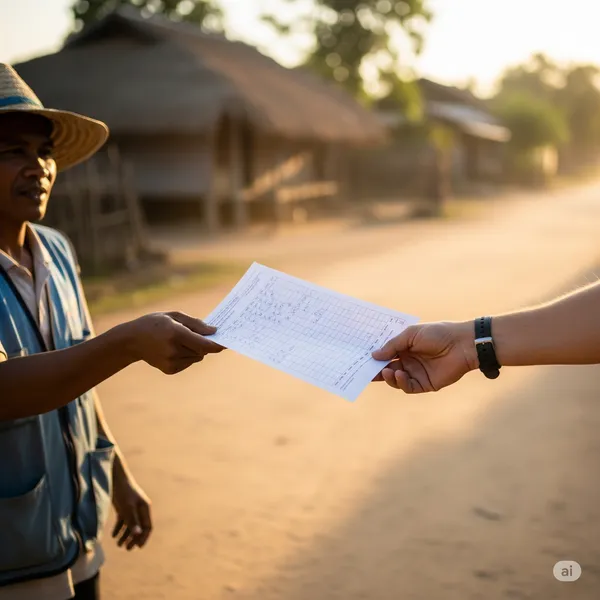Validating Emergency Cash and Voucher Assistance (CVA)
Published on: Mon Sep 27 2021 by Ivar Strand
**Speed and Certainty: Validating Emergency Cash and Voucher Assistance (CVA)
Introduction
Cash and voucher assistance (CVA) has rightly become a default modality in first-phase emergency response. Its ability to deliver aid with speed, flexibility, and dignity is a significant advantage over traditional in-kind distribution. However, the very speed that makes CVA so effective in a crisis also introduces a unique set of fiduciary and protection risks. The chaotic and fluid environment of a sudden-onset disaster—be it a conflict, earthquake, or flood—is not conducive to the careful, methodical processes that normally ensure accountability and safety.
The fundamental challenge for humanitarian organizations and their donors is to balance the urgent need for rapid delivery against the non-negotiable imperative for control and oversight. It is not enough to simply disburse funds; we must be able to verify that this assistance reaches the intended individuals, in the correct amount, and without causing harm. This requires a specialized, rapid validation methodology designed specifically for the compressed timelines and heightened risks of an emergency context. This paper outlines a framework for such a system.
The Unique Risk Profile of Emergency CVA
An effective validation framework must be designed with a clear understanding of the specific risks that are amplified in an emergency setting. The pressure to act quickly can compromise the standard controls that protect program integrity.
- Compromised Targeting and Registration: In the immediate aftermath of a crisis, reliable demographic data is often non-existent, and communities are in flux. The processes for identifying and registering beneficiaries are necessarily rushed. This can lead to significant inclusion errors (registering non-eligible individuals) and exclusion errors (missing the most vulnerable), as well as creating opportunities for fraudulent or duplicate registrations.
- Elevated Fiduciary Risks: The rapid onboarding of payment agents or the use of new mobile money systems in an area with damaged infrastructure can create significant financial risks. Overwhelmed staff and hastily established procedures can lead to “leakage” through technical failures, diversions by intermediaries, or outright fraud by payment agents who may take advantage of the chaotic environment.
- Heightened Protection Risks: Beneficiaries in a state of acute distress are particularly vulnerable. Crowded, insecure distribution points can become targets for theft or violence. The influx of cash can disrupt community social dynamics, creating tensions and, in some cases, increasing the risk of intra-household conflict or gender-based violence (GBV). Individuals, particularly women and the elderly, can also be subject to coercion or exploitation by those controlling access to payment points.
- Information Vacuums: In a crisis, clear and reliable information is a scarce commodity. Rumors about eligibility, payment amounts, and distribution schedules can spread rapidly, leading to confusion, frustration, and serious security challenges at payment sites.
A Framework for Rapid Post-Distribution Validation
To address these risks, a validation process must be designed for speed and actionability. It cannot be a traditional, sequential monitoring exercise that produces a report weeks later. It must be a concurrent risk management function that provides real-time feedback to the operational team.
- Principle 1: Concurrent, Not Sequential, Monitoring. Validation must begin within 24 to 48 hours of the first transfers being made. The goal is to get an immediate pulse check on the integrity of the system, allowing for rapid course correction rather than a retrospective analysis of failure.
- Principle 2: Multi-Modal, Rapid Data Collection. Given the access and time constraints, relying on a single data collection method is too slow. A rapid validation framework employs several methods simultaneously:
- Remote Call-Backs: This is the fastest feedback mechanism. A small, dedicated team—which can be located remotely—begins making short phone calls to a random sample of registered beneficiaries as soon as payments are disbursed. The script is focused on a few critical questions: “Did you receive your transfer?”, “What was the exact amount you received?”, “Did anyone ask you to pay a fee?”.
- On-Site Observation: A small, mobile field team conducts unannounced spot-checks at a selection of payment points. They do not conduct lengthy surveys but use a rapid observation checklist to identify critical red flags: a lack of security, excessive queuing times, evidence of unofficial “agents” controlling access, or repeated technical failures of the payment system.
- Key Informant Interviews: The field team also conducts brief, informal interviews with community leaders, local market traders, and other key informants away from the distribution sites. This helps triangulate information and quickly pick up on any widespread rumors or concerns.
- Principle 3: A Focus on “Red Flag” Indicators. The objective of rapid validation is not to produce a statistically perfect academic report. It is a pragmatic exercise focused on identifying critical system failures. The data collection is therefore tightly focused on a handful of key red flag indicators: evidence of non-receipt or partial receipt of funds, the imposition of unofficial fees, significant security or protection incidents, and major operational bottlenecks.
Certainty in Chaos: The Function of Rapid Validation
The value of this framework lies in its ability to feed timely, actionable information directly back into the operational management cycle. The validation team should provide a succinct “flash report” to the program manager every 24-48 hours. This is not a long narrative but a simple summary of the red flag indicators.
At Abyrint, we have found that this rapid feedback loop is essential for effective emergency response. If call-backs reveal a pattern of extortion by a specific payment agent, that agent can be immediately suspended. If on-site observation highlights a security gap at a distribution point, operations can be paused while reinforcements are put in place. This approach transforms monitoring from a retrospective compliance exercise into a real-time risk management function. By embracing this concurrent, multi-modal, and red-flag-focused methodology, humanitarian organizations can better navigate the inherent tension between speed and certainty. It provides the “good enough” information needed right now to make the critical adjustments that ensure aid reaches those who need it most, both quickly and safely.



